Which Is The Final Electron Acceptor In The Electron Transport System Of Cellular Respiration?
Which is the final electron acceptor in the electron transport system of cellular respiration?. The electron transport chain is the final stage in cellular respiration. And this oxidative refers to the fact that this process requires oxygen and in fact the importance of oxygen here is that this oxygen is reduced by electron carrier molecules and something called the electron transport chain so remember that we have a electron carrier molecules called NADH and FADH two that are produced at various stages of. Compared to any other part of cellular respiration the large amount of ATP is produced in this phase.
The Electron Transport System which is an endergonic reaction. Regeneration of electron carriers. Through ETC the E needed for the cellular activities is released in the form of ATP.
An oxygen atom is the last carrier which accepts the electron and combines with the free hydrogen ions in the mitochondrial matrix to give waterThus the oxygen carrier maintains the membrane potential by removing the de-energized electrons from the inner mitochondrial membrane. The final electron acceptor is an oxygen atom. Cto function as the final electron acceptor in the electron transport chain The only place that O2 participates in cellular respiration is at the end of the electron transport chain as the final electron acceptor.
Cellular respiration is an exergonic reaction that results in the release of energy. Many cells are unable to carry out respiration because of one or more of the following circumstances. The events of cellular respiration up to this point are exergonic reactions they are releasing energy that had been stored in the bonds of the glucose molecule.
Aerobic metabolism results in a much higher yield of these energy carrying molecules due to the fact that it can use oxygen as a final electron acceptor in the electron transport chain. During this process oxidation energy is captured in the form of adenosine triphosphate ATP molecules. Pyruvate the end product of glycolysis serves as an electron acceptor for oxidizing NADH back to NAD which can then be reused in glycolysis.
In order for electrons to continue to flow through the electron transport chain they must go. The electron transport chain is the portion of aerobic respiration that uses free oxygen as the final electron acceptor of the electrons removed from the intermediate compounds in glucose catabolism. In cellular respiration the final electron acceptor is an oxygen atom.
Ferric iron Fe 3 is a widespread anaerobic terminal electron acceptor used by both autotrophic and heterotrophic organisms. The purpose of the electron transport chain is to form a gradient of protons that produces ATP.
Oxygens high affinity for electrons ensures its success in this role.
In order for electrons to continue to flow through the electron transport chain they must go. The cell lacks a sufficient amount of any appropriate inorganic final electron acceptor to carry out cellular respiration. Oxygen is used as the final electron acceptor in cellular respiration. Without oxygen the electron transport chain ETC cannot continue as there is no terminal electron acceptor. MPrasad Naidu MSc Medical Biochemistry PhDResearch Scholar 2. Compared to any other part of cellular respiration the large amount of ATP is produced in this phase. The electrons are transferred from electron donor to the electron acceptor leading to the production of ATP. Photosynthesis can only take place in the presence of sunlight. The electron-oxygen combination then takes on two protons to form a molecule of waterH 2 O.
It is one of the vital phases in the electron transport chain. Cellular respiration is the process through which cells convert fuel into energy and nutrients. Aerobic metabolism results in a much higher yield of these energy carrying molecules due to the fact that it can use oxygen as a final electron acceptor in the electron transport chain. Cellular respiration is a catabolic process resulting in the oxidation of organic molecules to release energy. The electron transport chain is the final stage in cellular respiration. Compared to any other part of cellular respiration the large amount of ATP is produced in this phase. Cellular respiration sustains aerobic life and involves the oxidation of nutrients with the final production of carbon dioxide and water.
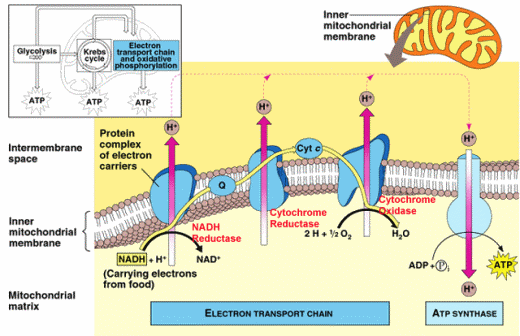


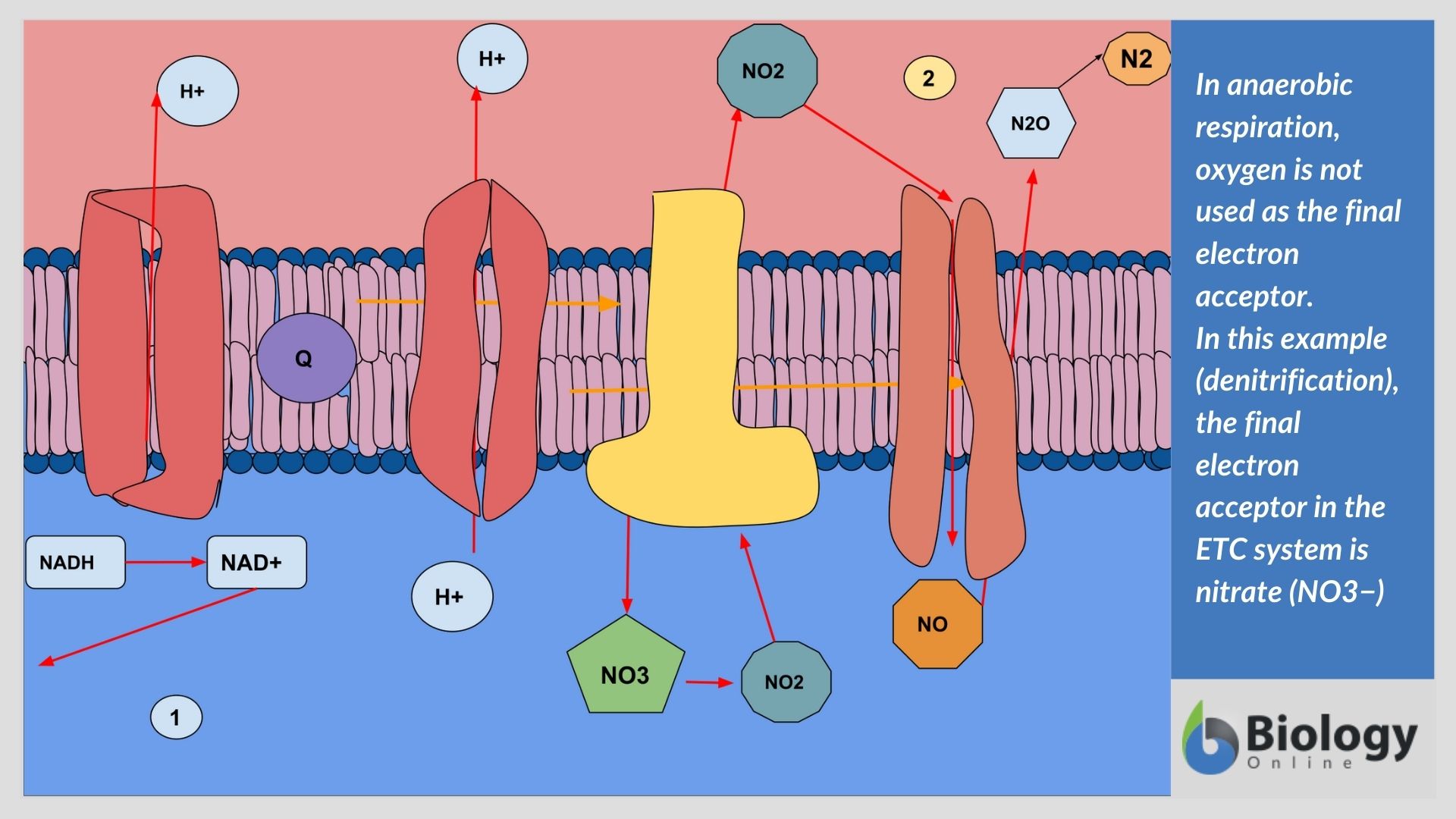

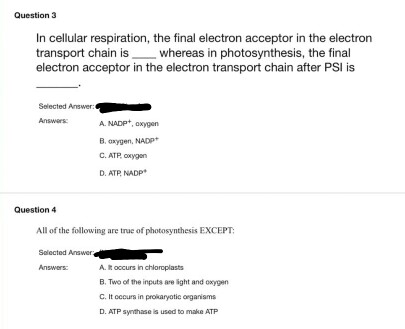


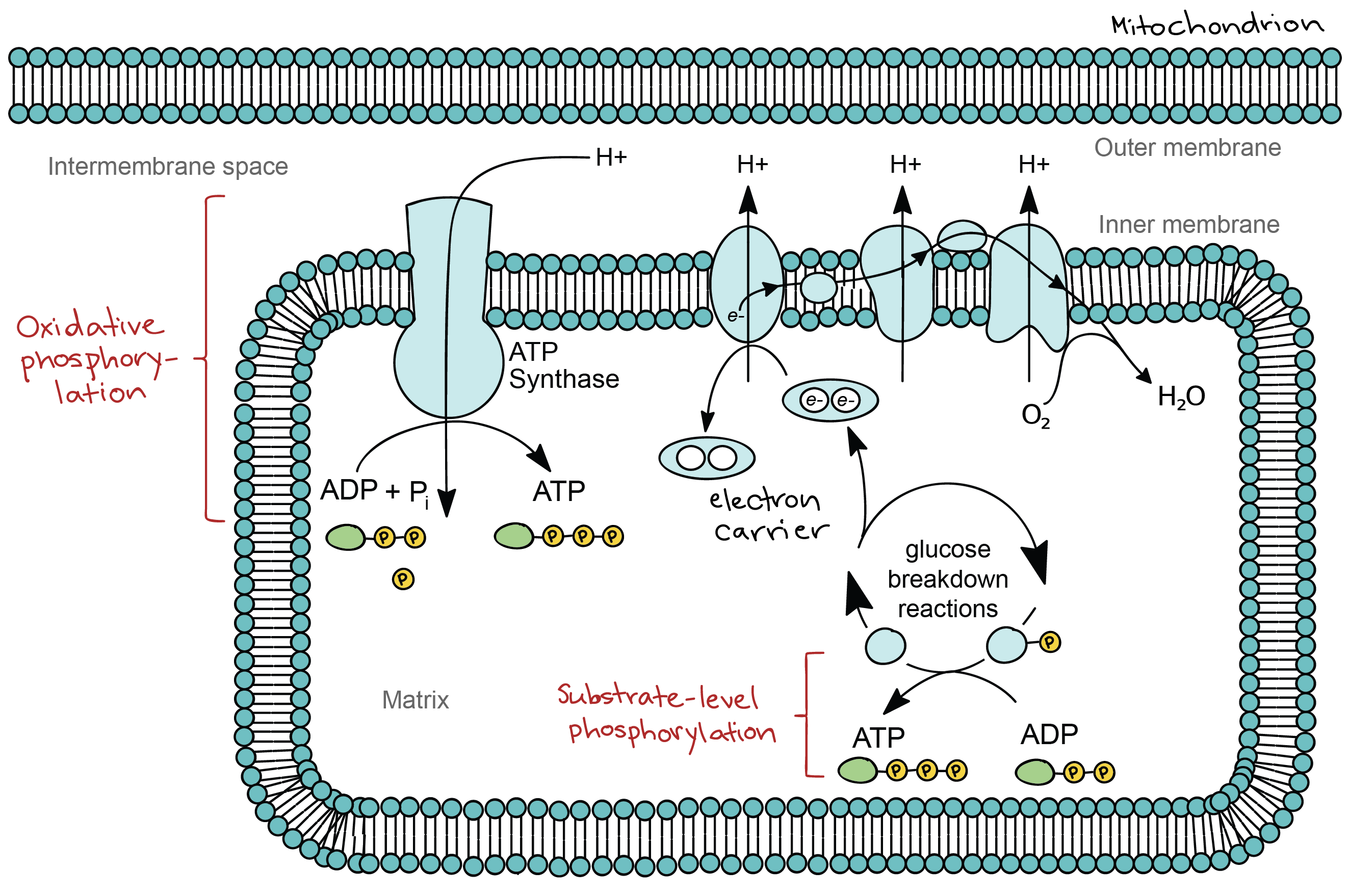

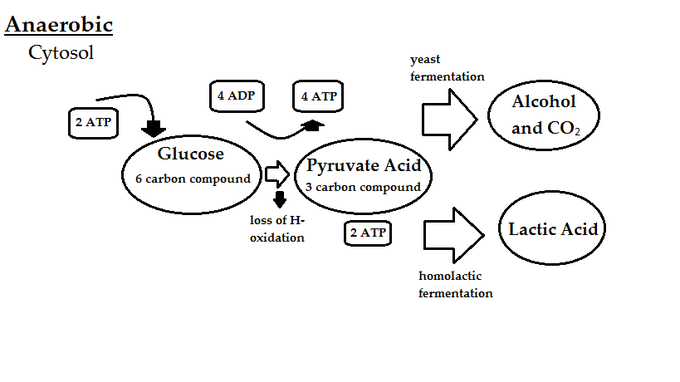
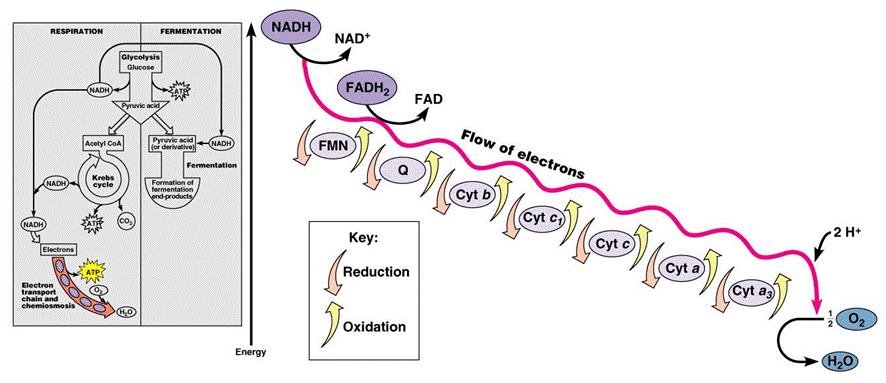
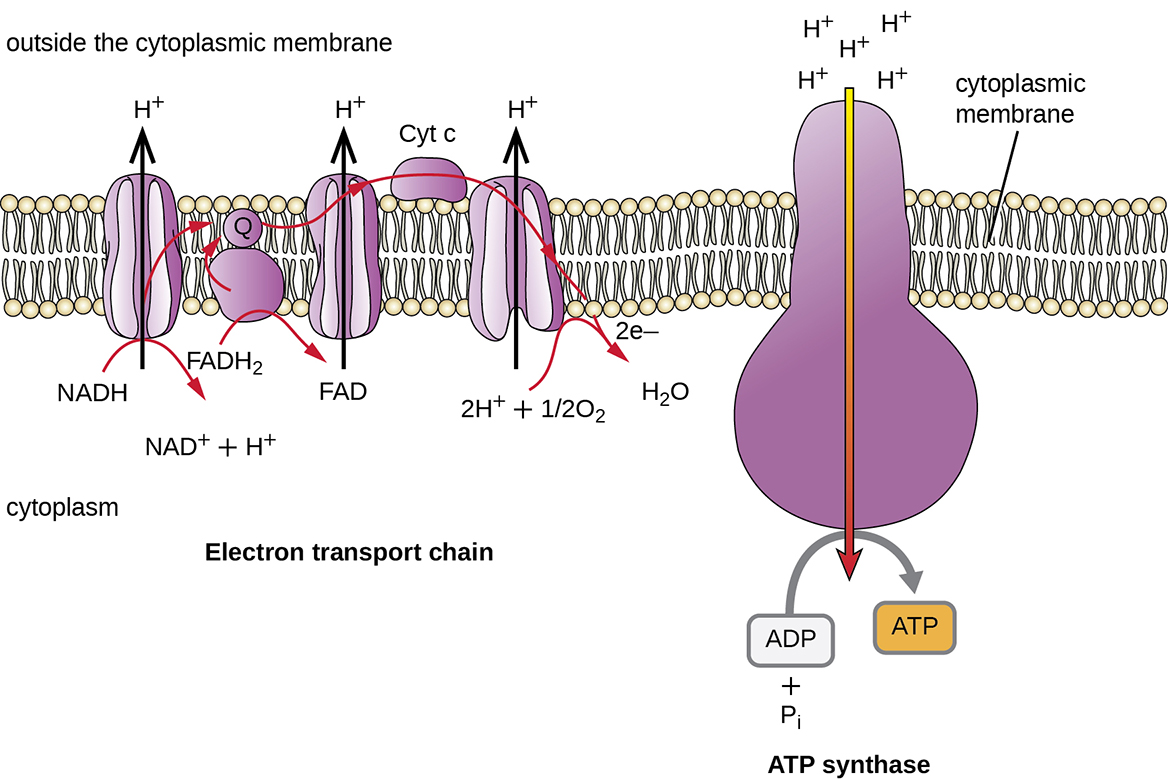










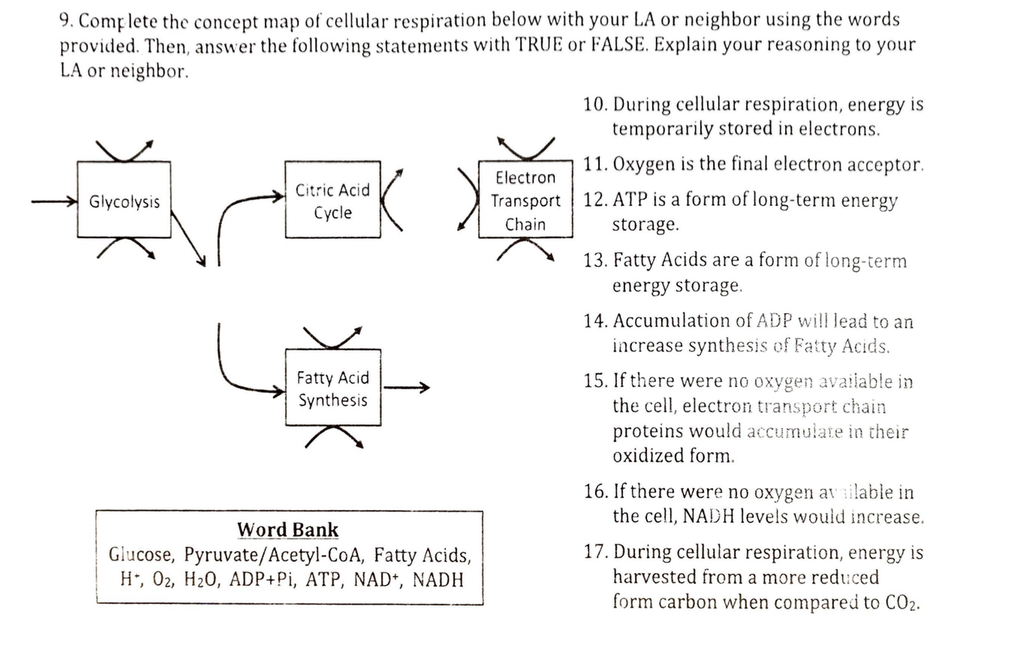


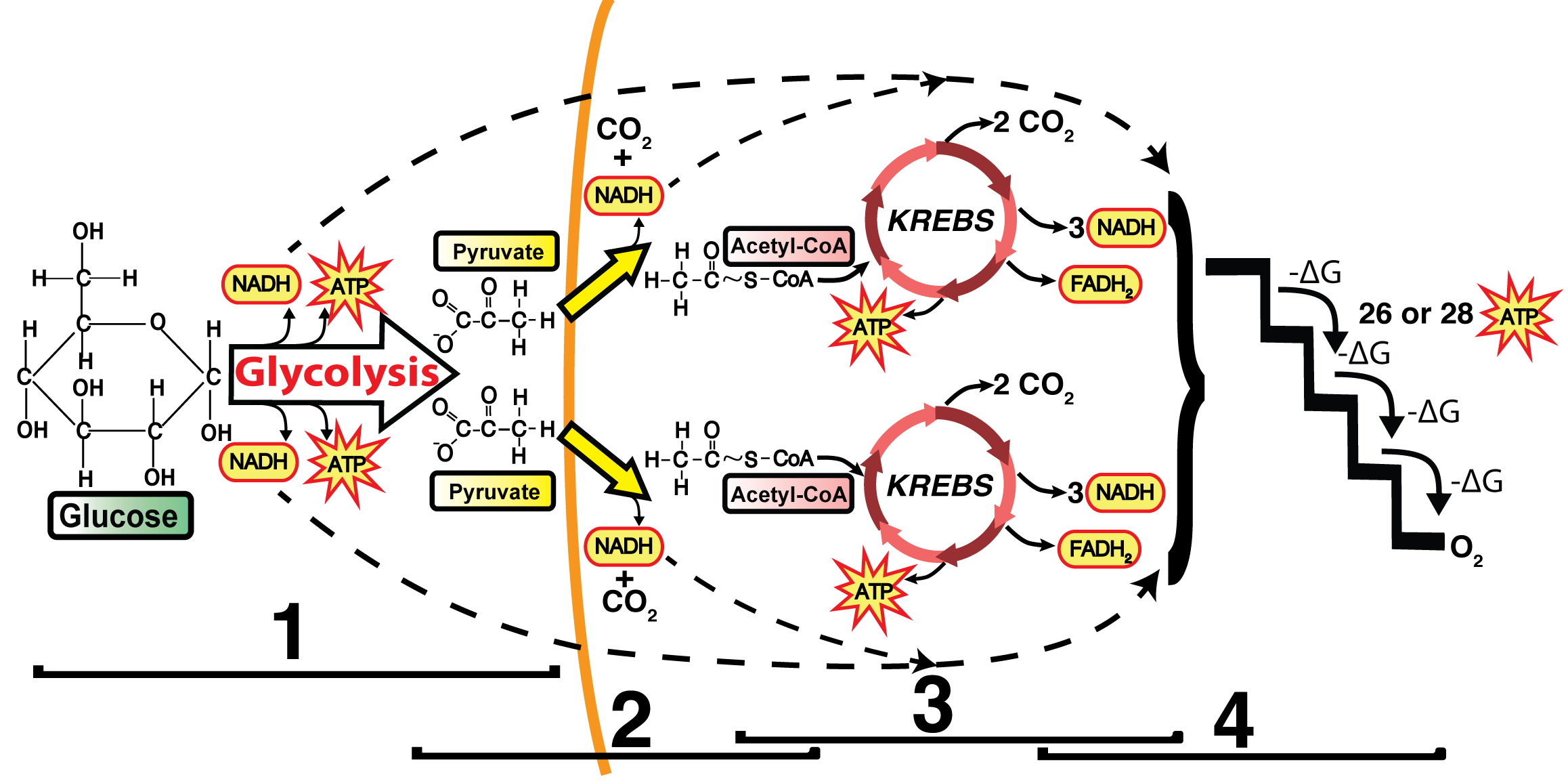


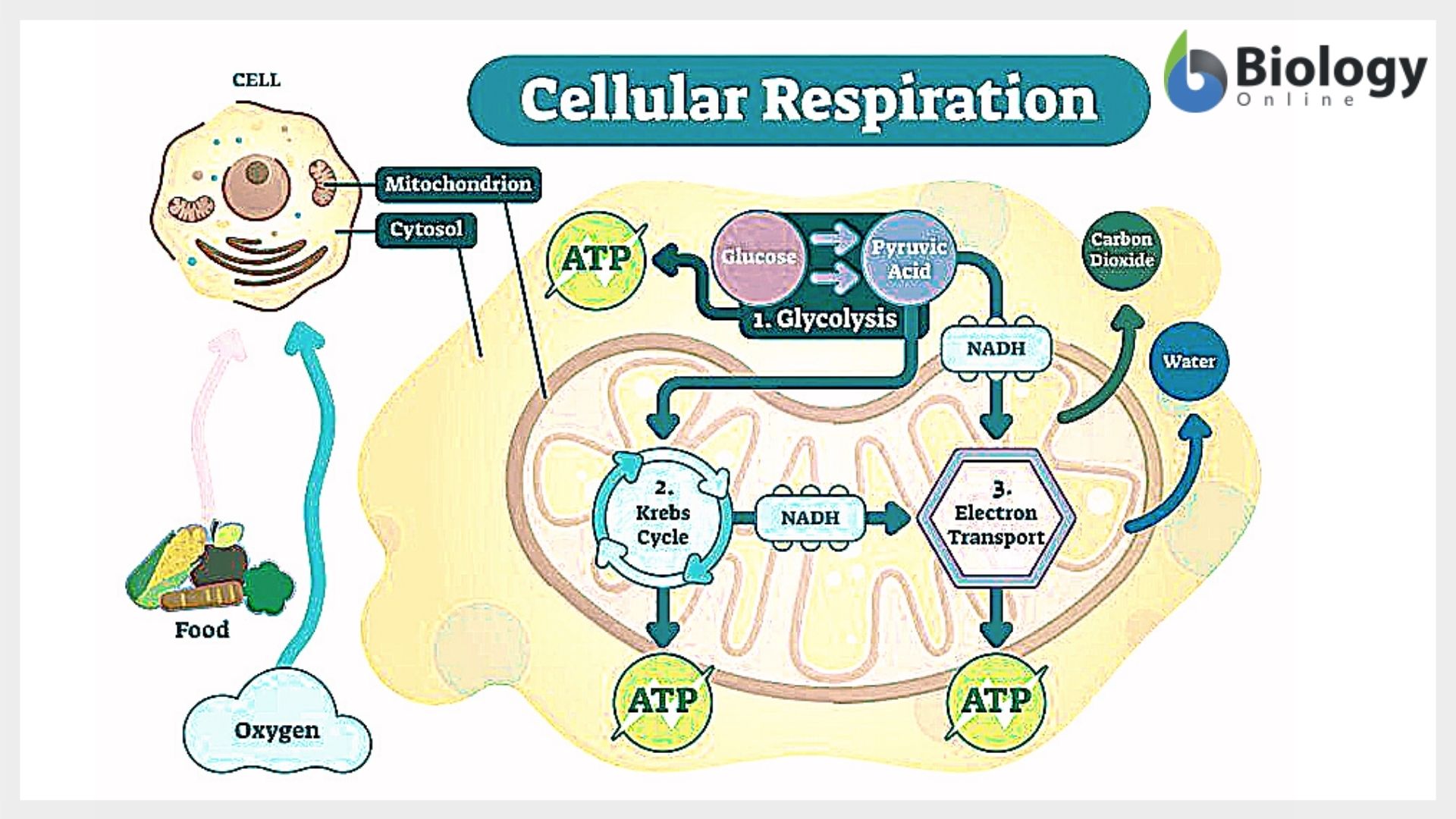
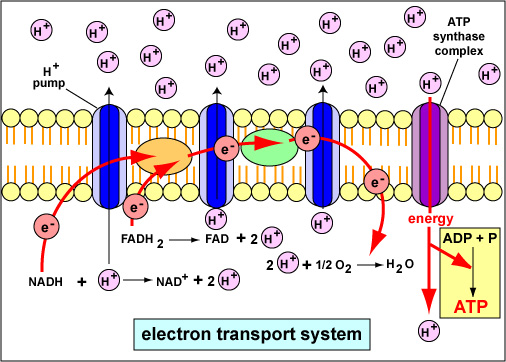
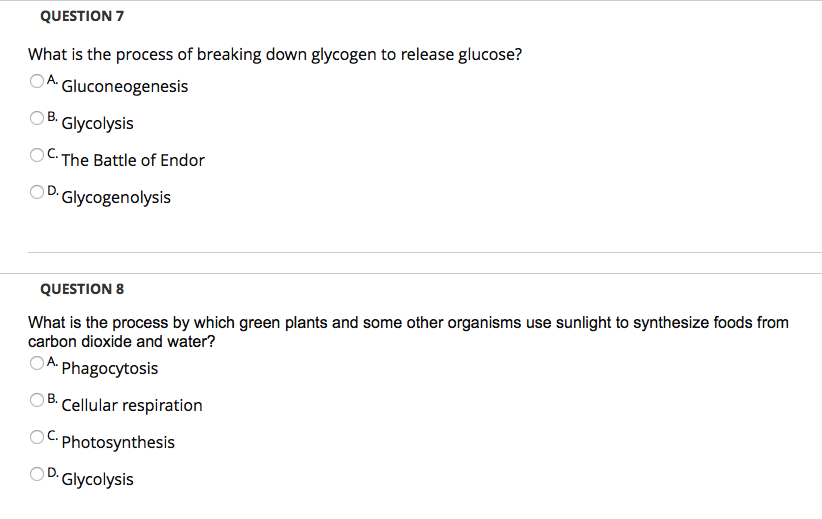
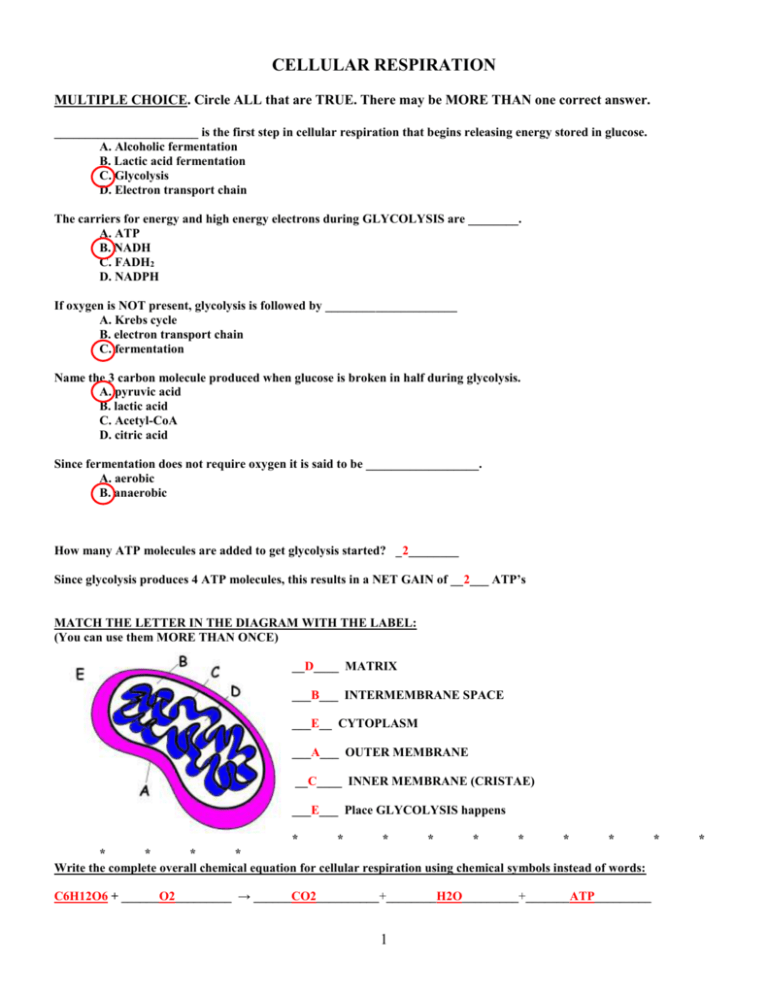
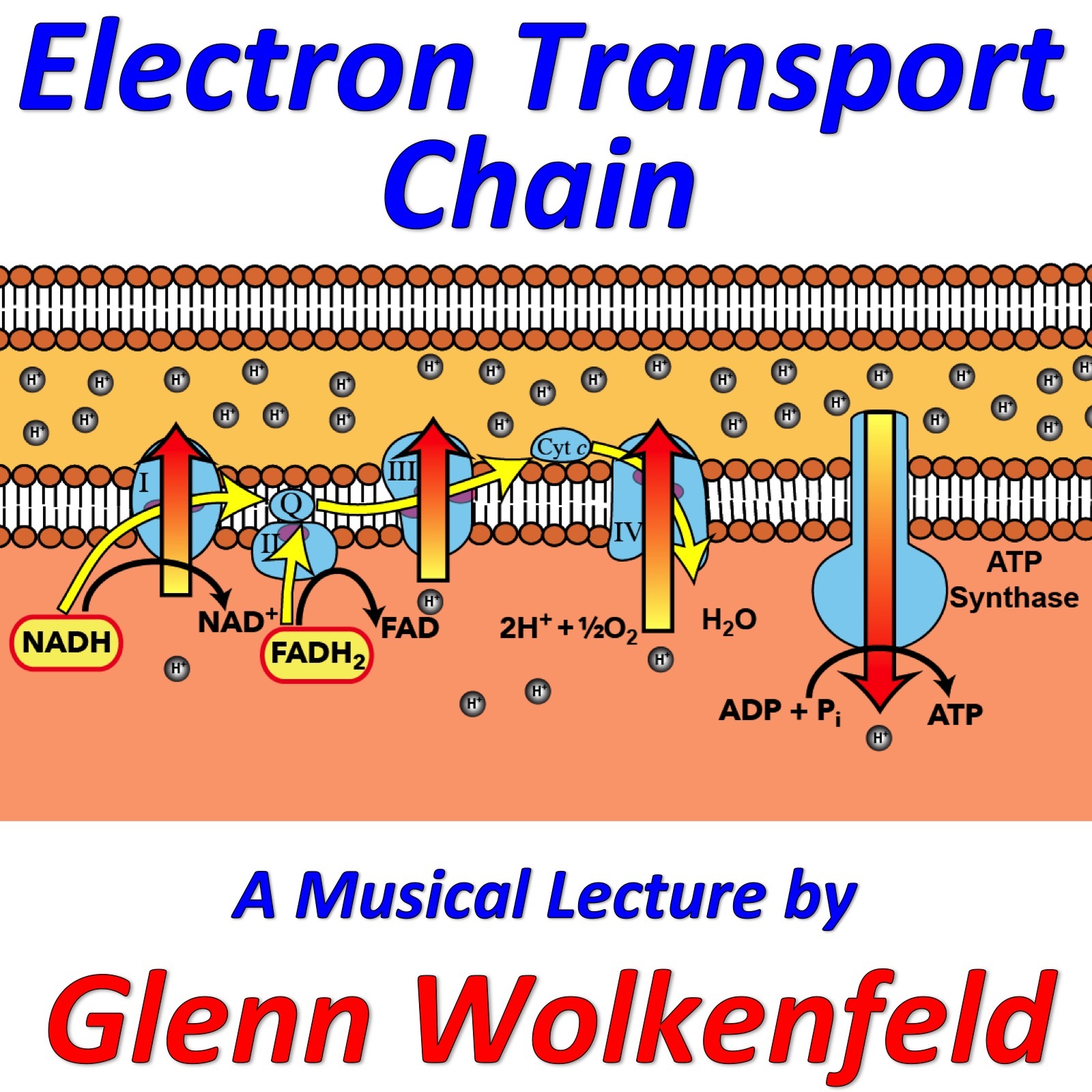

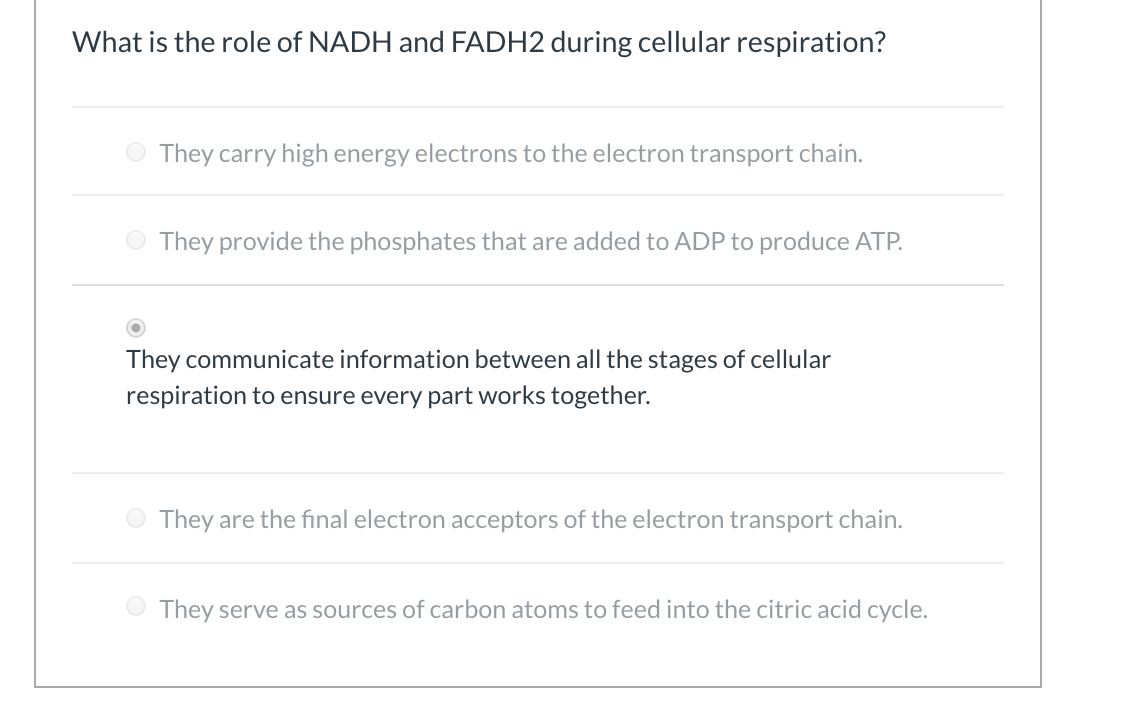
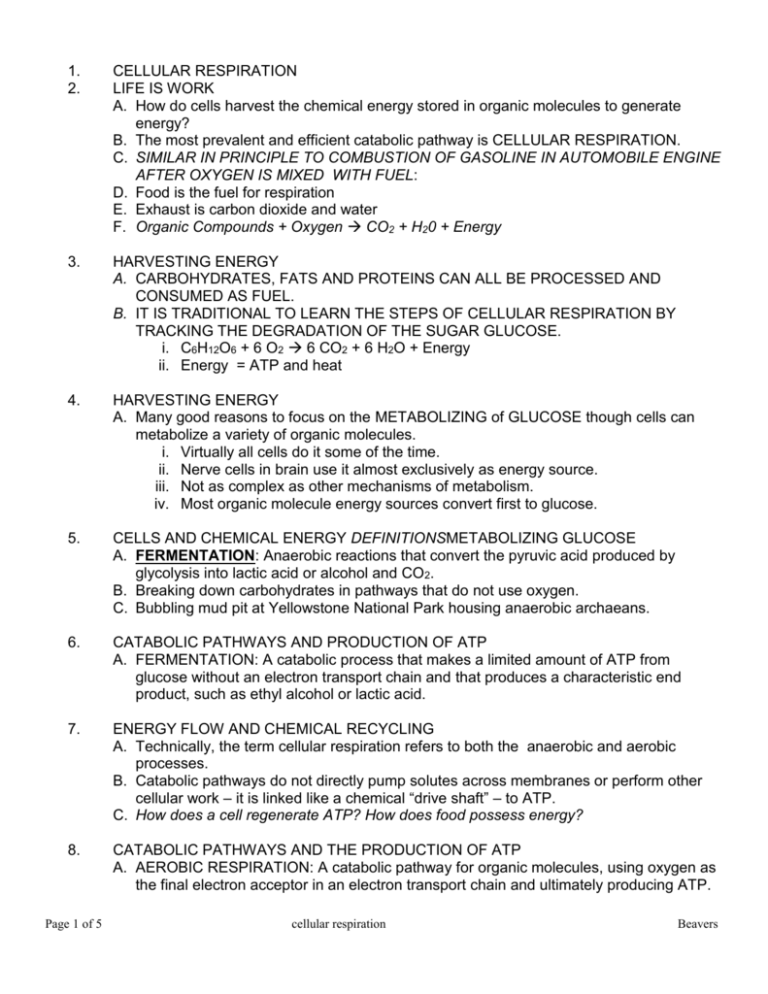
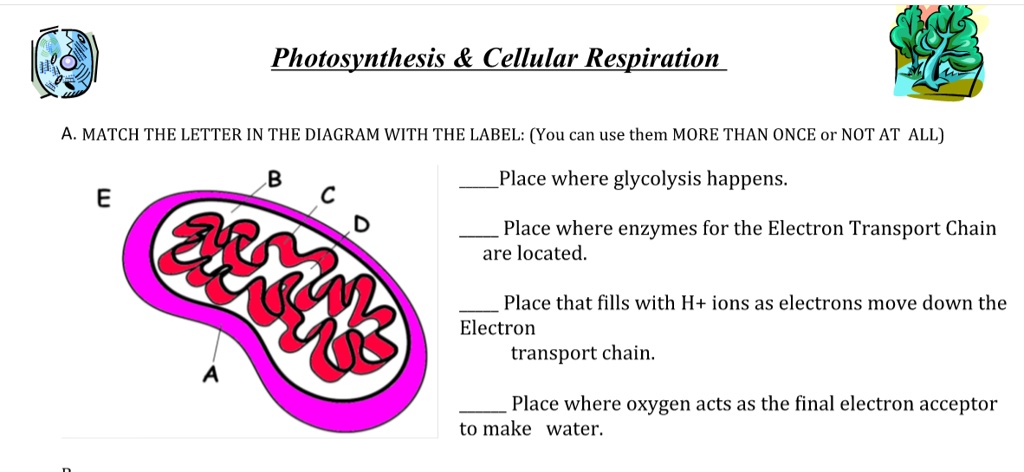



Post a Comment for "Which Is The Final Electron Acceptor In The Electron Transport System Of Cellular Respiration?"